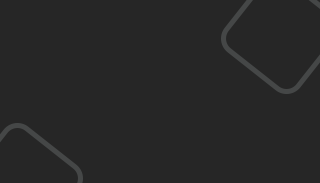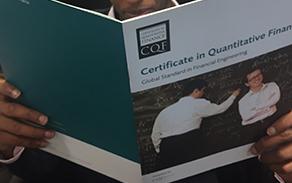A Day in the Life of a Quantitative Equity Trader

CQF alumnus, Vitor Angrisani, is a Quantitative Equity Trader at RBC Global Asset Management in Canada. Vitor studied economics in Brazil before gaining an MBA in Toronto. He started his career in 2008, before the Financial Crisis, and experienced its impact first-hand. He has worked in different roles and companies, managing risk and taking risk, in both the sell-side and buy-side, but it wasn’t until he started trading derivatives that he decided to enroll on the CQF. We caught up with Vitor to find out more about a typical working day in his current role.
07:00 AM – 09:30 AM
I wake up at 6:00 am Eastern Time and aim to be plugged-in by 7:00 am, either remotely from home or physically at the office. First, I check my live orders from Europe (which are in mid-trading session at this time), then I check overnight fills from APAC and make sure I am up to speed and comfortable with the trading strategy in place or adjust as needed. Once all overseas orders are under control I move on to the “pre-North America open” phase of the day.
Before the open of the North American market, it is important to go through the news and evaluate any relevant macro or stock-specific events that might impact my trading day. Pre-market preparation includes reading reports, taking calls from brokers, strategizing and implementing trading strategies on the new and multi-day equity orders on my blotter, and sharing the highlights with the Quant Portfolio Managers and my trading peers.
09:30 AM – 12:00 PM
At 9:30 am, the North America market opens and dominates my attention. As a trader, your primary responsibility is to execute orders while keeping market impact to a minimum. In order to do this, we use a variety of systems and tactics, including algorithmic and block trading. I also analyze and present relevant trade opportunities based on the activity of other market participants to Portfolio Managers, bringing insights from the market to complement the signals from our models.
12:00 PM – 16:00 PM
No lunch time for traders. You can’t afford to be out of the desk if something happens. Your reaction time to any adverse/favorable price action has direct P&L implications and, in just seconds can really cause a multi-million loss/gain, so you have to be connected at all times. It’s an intense job. I usually bring food from home to the office or just pick-up something nearby, but I always eat at the trading desk watching the market. Every moment away from the desk has to be covered by a backup trader.
16:00 PM
After all markets close at 16:00 pm, I book my trades and catch up with any unread e-mails before leaving for the day. This is also the time to safely work on any side projects without being interrupted. I usually work on backtesting new strategies or run simulations that will ultimately help me understand the markets a bit better.
Find out more about Quant Finance Careers
If you are interested in becoming a lead software engineer, explore the CQF Careers Guide to Quantitative Finance. Learn more about the skills needed and average salary you can earn in North America, Asia, and Europe for key career paths in quantitative finance.




